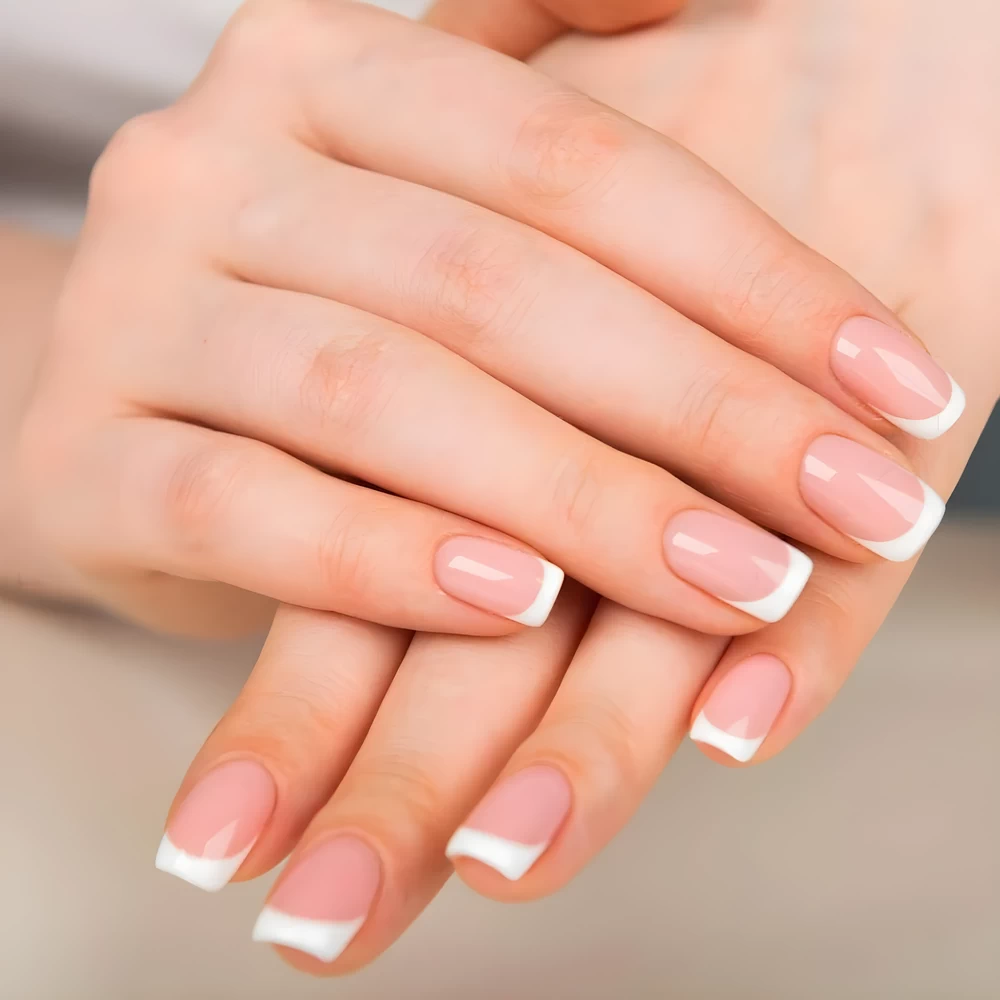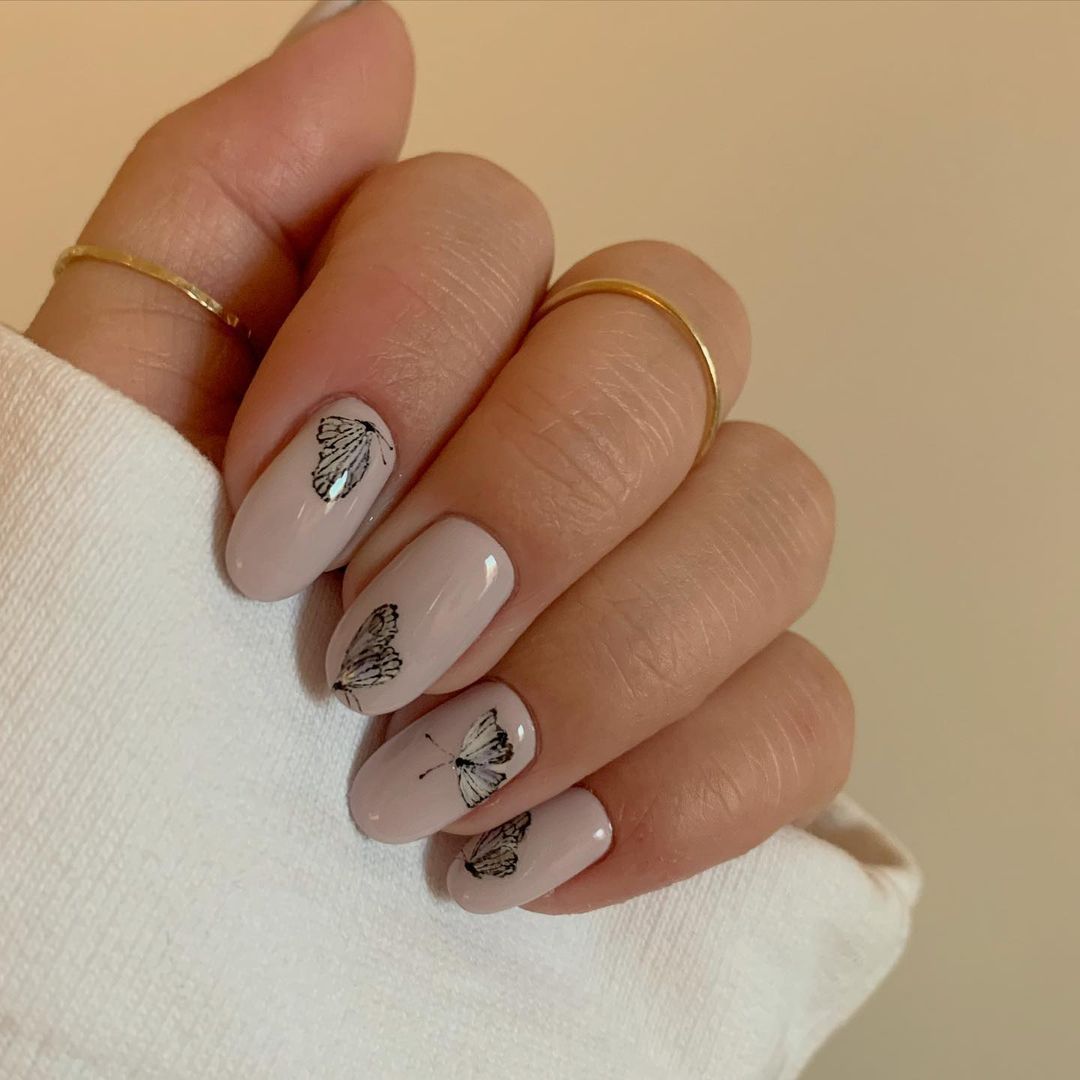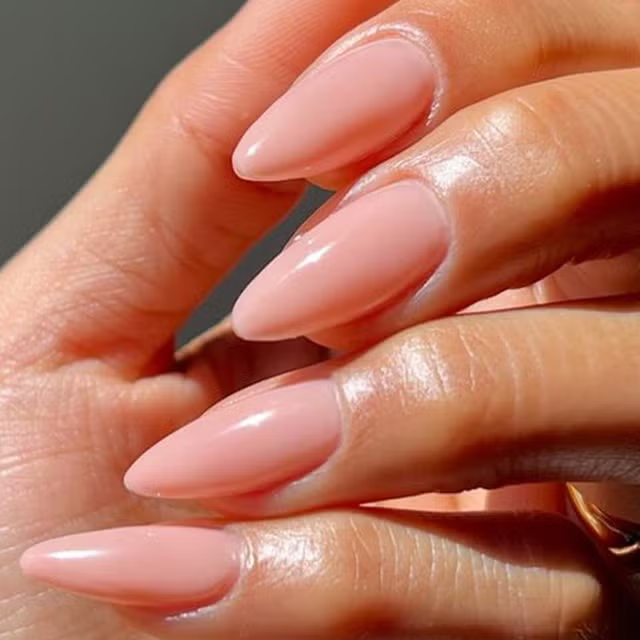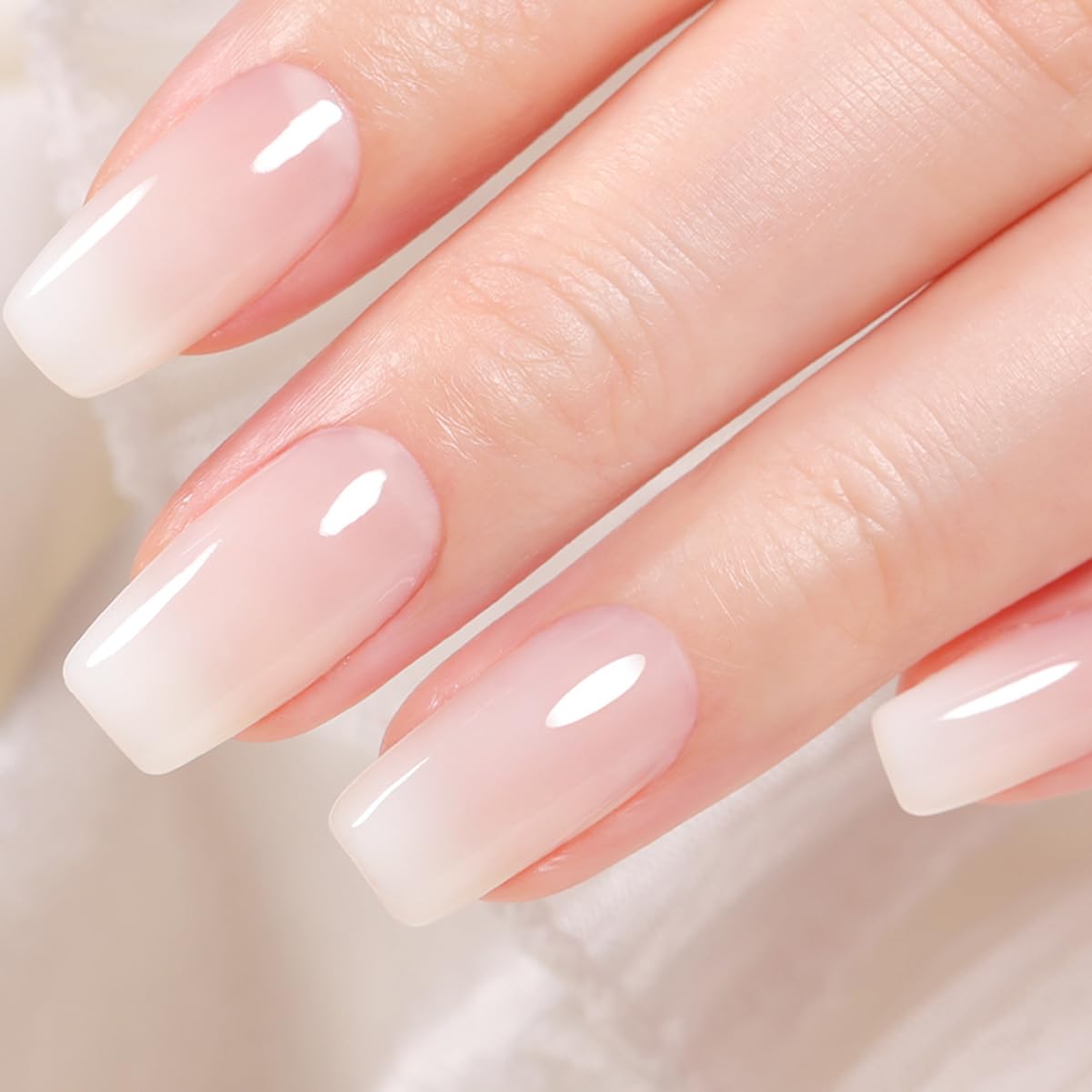
Navigating Gel Nail Breaks: How Often is Ideal?
Understanding Gel Nails and Nail Health
When it comes to gel nails, many wonder about their effects on nail health. Are there risks to frequent gel nail application? Should you be worried about your nails ‘breathing’? How often should you take a break from gel nails?Rest assured, we’re here to debunk some common myths and present the facts, helping you understand how often you should take a break from gel nails for optimal nail health.
Exploring Myths and Facts about Gel Polish and Nail Breathing
One common misconception is that nails need to breathe between gel applications. However, nails do not breathe like our skin does. Oxygen reaches your nails through the bloodstream, not the surface. Contrary to the ‘breathing’ myth, gel polish can protect your nails from damage while providing a durable, long-lasting finish.
While it’s true that nails do not have lungs, proper care is still essential for keeping them healthy. It is important to dispel myths and focus on facts. For instance, while gel polish doesn’t hinder oxygen delivery to nails, it is vital to attend to any nail injuries or infections before applying gel. By being informed and taking appropriate care, you can enjoy the beauty of gel nails without compromising their health.

Situations That Warrant a Break from Gel Nails
While there is no strict rule on how often you should step away from gel nails, certain conditions do require a break. How often should you take a break from gel nails?Paying attention to the health of your nails is crucial. It’s worth noting both the signs of damage and infection that could impact the safety and efficacy of gel nail application.
Recognizing Signs of Nail Damage and Infection
If you notice any of the following, it might be time to give your nails a rest:
- Discoloration: Nails turning yellow or other colors may suggest an issue.
- Brittleness: Easy breakage or splitting can indicate weakened nails.
- Dryness: Peeling or flaking may show a need for hydration.
- Changes in shape: Distortion may be a sign of nail trauma or infection.
By spotting these early signals, you can prevent more serious conditions from developing.
The Impact of Nail Injuries and Infections on Gel Nail Application
Applying gel over damaged nails could worsen the problem. Here’s why taking a break is sometimes necessary:
- Healing time: Nail injuries, like cuts or bruises, need time to heal without polish.
- Monitoring: A visible nail bed helps you watch the healing process of a bruised nail.
- Avoiding moisture traps: Gel can seal in moisture, exacerbating fungal or bacterial infections.
Taking a brief hiatus in these situations can help ensure that your nails remain healthy and strong, ready for the next round of gel applications.

The Process and Frequency of Gel Nail Application
Assessing the Durability and Benefits of Gel and Builder Gel Nails
Gel nails are loved for their durability and long-lasting shine. Many choose gel polish because it can protect natural nails from daily wear. Builder gel nails go further by adding a thicker layer that safeguards nails from bumps and nicks. This gel type can assist in growing stronger, healthier nails. People often apply builder gel to natural nails for added strength and as a robust foundation for growth.
Debunking the Myth: Is Gel Nail Application Harmful for Your Nails?
Worry about gel nails damaging your natural nails? It’s mostly a myth. Your nails don’t need to ‘breathe’ since they get oxygen from your blood, not air. Keeping gel nails on does not block oxygen. In fact, if applied and removed correctly, gel nails can keep your nails safe from physical harm. The key is proper removal and care. Abrasive removal or peeling can harm the nail bed. Always follow the right steps when taking off gel polish to avoid damage.
Best Practices for Gel Nail Maintenance
Maintaining the health of your nails while indulging in regular gel applications is both possible and important. By adopting best practices, you can keep your nails strong and minimize any potential damage from the gel nail process. Here’s how to sustain healthy nails even when you’re a frequent user of gel polish.
Tips for Sustaining Healthy Nails with Frequent Gel Use
- Hydrate Your Nails: Moisturize daily with cuticle oil. This prevents dryness and promotes growth.
- Use a Base Coat: Always apply a base coat. It protects your nails from stains and damage.
- Avoid Over-buffing: Lightly buff nails before gel application. Over-buffing can thin and weaken nails.
- Glove Up for Chores: Wear gloves when cleaning or washing dishes to prevent chemicals from dehydrating your nails.
- Don’t Peel Polish: Never peel off gel polish. This can strip layers off your nails. Instead, use proper removal techniques.
Essential Nail Care Between Gel Applications
To keep your nails in top condition, you need to care for them between gel manicure sessions. Follow these guidelines for optimal nail health:
- Trim and File Carefully: Trim straight across and file in one direction to avoid splits.
- Be Gentle With Cuticles: Push back cuticles with care; don’t cut them, to prevent infections.
- Rehydrate After Removal: Use cuticle oil and hand cream after gel removal to moisturize.
- Rest if Needed: If you notice signs of damage, take a break from gel to allow healing.
- Healthy Eating: Include vitamins and nutrients in your diet that promote nail strength.
By following these best practices, you can enjoy beautiful gel nails without compromising on the health of your natural nails.

Gel Nail Removal and Aftercare
Safely Removing Gel Polish Without Damaging Nails
Removing gel polish correctly is crucial to prevent nail damage. Abrasive methods can cause layers of your nails to peel off, weakening them over time. How often should you take a break from gel nails?To safely remove gel nails, follow these steps:
- Soak your nails in acetone: Wrap each nail with a cotton pad soaked in acetone and cover it with foil. Wait around 10-15 minutes.
- Gently scrape the gel off: Use a nail scraper or cuticle pusher to gently remove the gel. If the gel doesn’t come off easily, re-soak your nails for a few more minutes.
- Repeat if necessary: Sometimes, a second soaking might be needed to remove stubborn gel pieces.
Don’t rush the removal process. Hurrying can result in damage to your natural nails.
Recovering Your Nails After Gel Polish Removal
After removing your gel polish, give your nails some TLC to restore their strength and moisture. Here are a few tips to help your nails recover:
- Hydrate with cuticle oil: Immediately apply cuticle oil to each nail, giving your nails much-needed moisture.
- Use a nourishing hand cream: Moisturize your hands and nails extensively with a good hand cream.
- Stay hydrated: Drink plenty of water. This not only benefits your overall health but also helps your nails regain their strength.
- Eat a balanced diet: Include vitamins and minerals in your diet that promote nail health, such as Vitamin E and biotin.
By taking these steps, you can ensure your nails stay healthy and are ready for your next gel application. Remember, how often should you take a break from gel nails is determined by their current health status and your personal nail care routine.

Alternatives to Continuous Gel Nail Usage
While gel nails offer a sleek and durable finish, continuous usage without breaks can potentially stress natural nails. Considering alternatives can provide a respite for your nails while keeping them looking beautiful and healthy.
Exploring Other Nail Beautification Options During Breaks
Taking a break from gel nails doesn’t mean your nails must go bare. Instead, explore these gentle options:
- Nail Lacquers: Switch to regular nail polish for lighter coverage and easier removal.
- Buff and Shine: Opt for a simple buffing session to give your nails a natural shine without the heaviness of gels.
- Nail Stickers and Wraps: These provide fun designs without chemical exposure and are easy to apply and remove.
- Natural Tints and Stains: Use henna or other natural dyes for a pop of color that’s gentle on the nail bed.
Incorporating Natural Nail Strengthening Regimens
To keep your nails strong, even without gel, focus on these natural strengthening techniques:
- Nutrient-Rich Oils: Regularly massage your nails with oils like jojoba, coconut, or almond oil. These oils nourish and strengthen nails.
- Biotin Supplements: Consider biotin supplements to promote stronger nail growth.
- Protective Gloves: Wear gloves when doing housework or gardening to protect your nails from breakage and dirt.
- Hydration: Keep your hands and nails hydrated with a high-quality moisturizer, especially after exposure to water.
- Dietary Changes: Incorporate foods rich in vitamins E and C and calcium, which are essential for healthy nails.
By considering alternatives during breaks and focusing on nail health, you can maintain attractive and healthy nails even without continuous gel applications.
Summing Up: Balancing Gel Nail Benefits with Nail Care
Gel nails give a long-lasting, beautiful finish but need careful management for nail health. It’s clear that they do not hinder the oxygen supply to your nails, as nails get their ‘breath’ from your bloodstream. However, nail care is critical, especially if you wear gel nails often. You don’t need to take routine breaks unless you spot signs of damage or infection. When taking gel nails off, always be gentle to prevent harm to your natural nails. Remember to moisturize and protect them between applications. Alternatives like nail lacquers or natural options offer a break while keeping nails looking great. Natural oils and a healthy diet can also strengthen your nails. Enjoy the benefits of gel nails while caring for your nail health and beauty.

